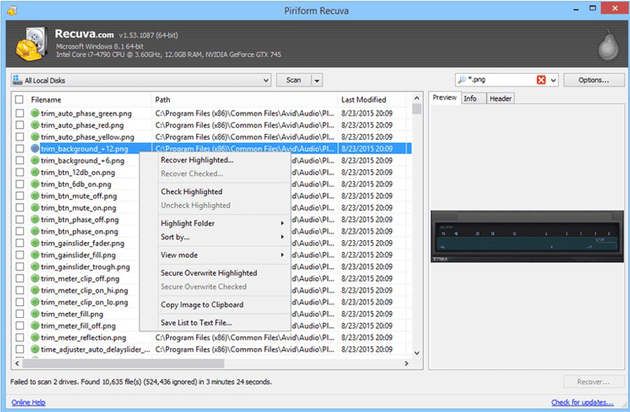

I would then remove the SD card, put it in an card reader, and connect it to the phone.

Back in the day, I could take pictures with my phone, and have them be stored on the SD card. Which makes me think it's an piece of hardware, which can be removed from the phone. I also don't know phones themself all that much, hence the suggestion for an emulator. If the software requires root, afaik that requires an unlocked bootloader which requires a factory reset and would destroy any data in the secure enclave, so no more encryption key.Īs in my first reply to OP, I mentioned I don't know encryption. So software on the device can read files on the encrypted device by going through the OS, which in turn goes through the secure enclave. The OS can send some encrypted data to the chip and they chip will decrypt it, provided the secure enclave is unlocked (i.e. Choose your microSD or Android phone’s library and click Next.

Next, you are asked where the files were located. Check the circle to select and click Next to continue. The first wizard window will ask what file types Recuva should look for. Encryption keys on a phone are normally stored on a chip designed to be tamper proof (secure enclave). Download & Launch Recuva First, you have to download the Recuva software on your PC (you can use the free. Selet a file type to recover Android files using Recuva.


 0 kommentar(er)
0 kommentar(er)
